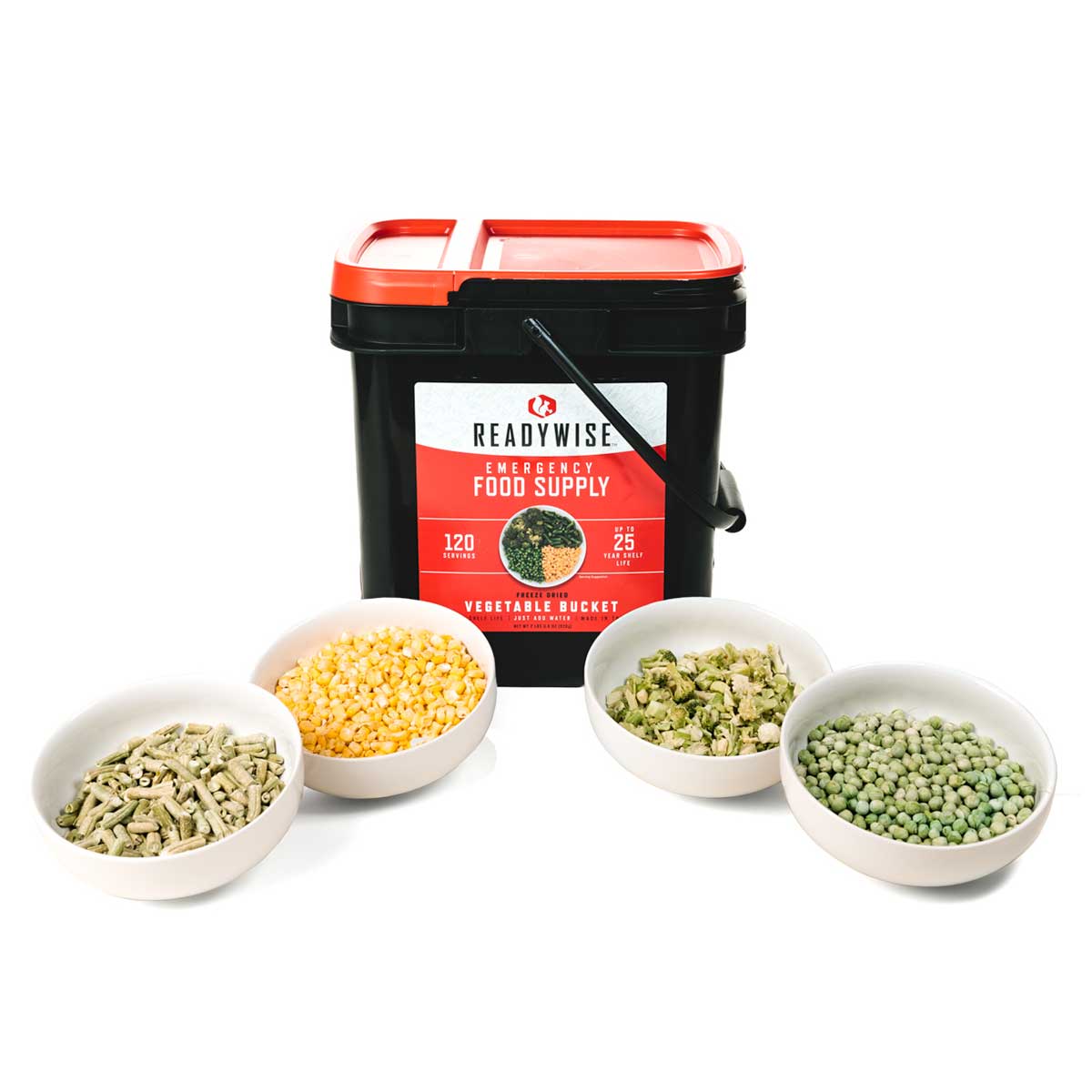
With the news around the world, being prepared for emergencies is crucial. For those with celiac disease, gluten intolerance, or sensitivity; maintaining a gluten-free diet is not just a preference, but a necessity. In an emergency situation, ensuring a safe and reliable gluten-free food supply can be a challenge, but with proper planning, it’s absolutely achievable.
Choosing the Best Gluten-Free Emergency Foods
When selecting gluten-free emergency foods, keep an eye out for certified gluten-free labels.
This certification ensures that the product meets strict gluten-free standards and is safe for those with celiac disease or gluten sensitivity.
Opt for high-quality brands such as Wise Company sold at Survival Frog LLC that are known for producing reliable gluten-free options. Look for established companies with a strong reputation for catering to special dietary needs.
Understand the Importance of a Gluten-Free Diet
Individuals with gluten sensitivity must strictly adhere to a gluten-free diet to prevent serious health complications. Gluten, a protein found in wheat, barley, and rye, can cause severe digestive issues and long-term damage to the small intestine in those with celiac disease. For this reason, having a dedicated emergency food supply is paramount.
Build Your Emergency Food Storage Plan
Creating a well-rounded emergency food supply begins with thoughtful planning.
Here are some key steps to consider:
1. Assessing Dietary Needs
Start by making a list of essential gluten-free items that you and your family can consume. Focus on high-quality, certified gluten-free products to ensure safety.
2. Dehydrated Foods
Dehydrated foods are a fantastic option for emergency situations. They have a long shelf life, are lightweight, and require minimal preparation. Look for gluten-free dehydrated meals and snacks to include in your emergency supplies.
3. Explore Gluten-Free Survival Food Kits
Specialized gluten-free survival food kits are available in the market. These kits are designed to meet the dietary needs of those with gluten intolerance in survival situations.
4. Stock Up on Natural Options
Many naturally gluten-free options, like rice, quinoa, lentils, beans, fruits, and vegetables, meat and protein should be an integral part of your emergency food supply. They provide essential nutrients and can be a lifesaver in a crisis.
5. Consider Long-Term Food Supplies (Canned Meat)
In addition to short-term solutions, consider investing in a long-term gluten-free food supply.
This may include bulk purchases of canned meat which has a long shelf life. It’s fully cooked and ready to eat right out of the can. No prep work needed, just heat and serve.
6. Rotate and Monitor Your Supplies
Regularly check expiration dates and rotate your emergency food items to ensure freshness.
This practice helps maintain a reliable food supply in case of an emergency.
Setting Up Your Gluten-Free Survival Pantry
In conclusion, creating an emergency gluten-free food supply is an essential part of any preparedness plan for individuals. By following these simple steps and investing in high-quality, certified gluten-free products, you can ensure the safety and well-being of yourself and your loved ones.
Although, remember proper planning and preparation are key and now is the time to build your emergency food supply. You’ll then have peace of mind knowing that you’re ready for whatever comes your way.
Check Out The Latest From Our Affiliate: Survival Frog LLC
Vip Special – 3 Protein Mixed Canned Meat 28Oz + Free 3 Bonus Cans By Survival Fresh Food
from: Survival Frog LLC
Vegetable Mix 120 Serving Emergency Food Bucket by Wise Company
from: Survival Frog LLC
Click HERE to check out all of the cool survival gear that Survival Frog has to offer!
Stay safe and gluten-free!
Your friend at Out West Survival…





